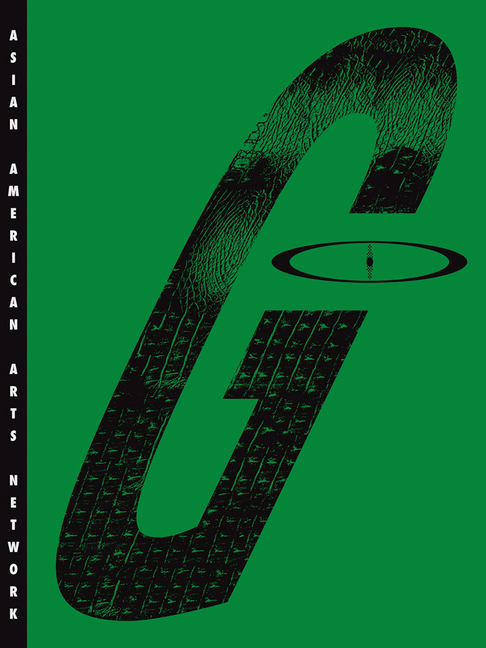... you get a snapshot of the existential anxiety in trying to build an organization around a term like 'Asian American': Who does it apply to? Is there enough shared experience to mobilize under it? The doubt comes off as productive self-criticality, which pleasurably erodes the sureness with which that term gets thrown around today ... meeting agendas (meticulous or scattershot), taken over the course of a decade, compose the core of this anthology. There are also posters, installation photographs, flyers, articles, reviews, and exhibition ephemera. Each of these documents is reprinted in its original format, preserving much of its charm and submerging the reader in the era’s visual language. You get a feel for Godzilla’s shifting ideas and the cobbled-together nature of their resources as the typography, logos, and letterheads change—sometimes abruptly—over time. What comes through most immediately is the fact that Godzilla were friends who just decided to take each other seriously ... not only a history of a movement, and of a style of institutional critique, but also of the ongoing amnesia of large arts organizations. Ultimately, Godzilla: Asian American Arts Network 1990–2001 reads as a cross between an art object, a manual, and a case study on radical institution building.
Read Full Review >>

